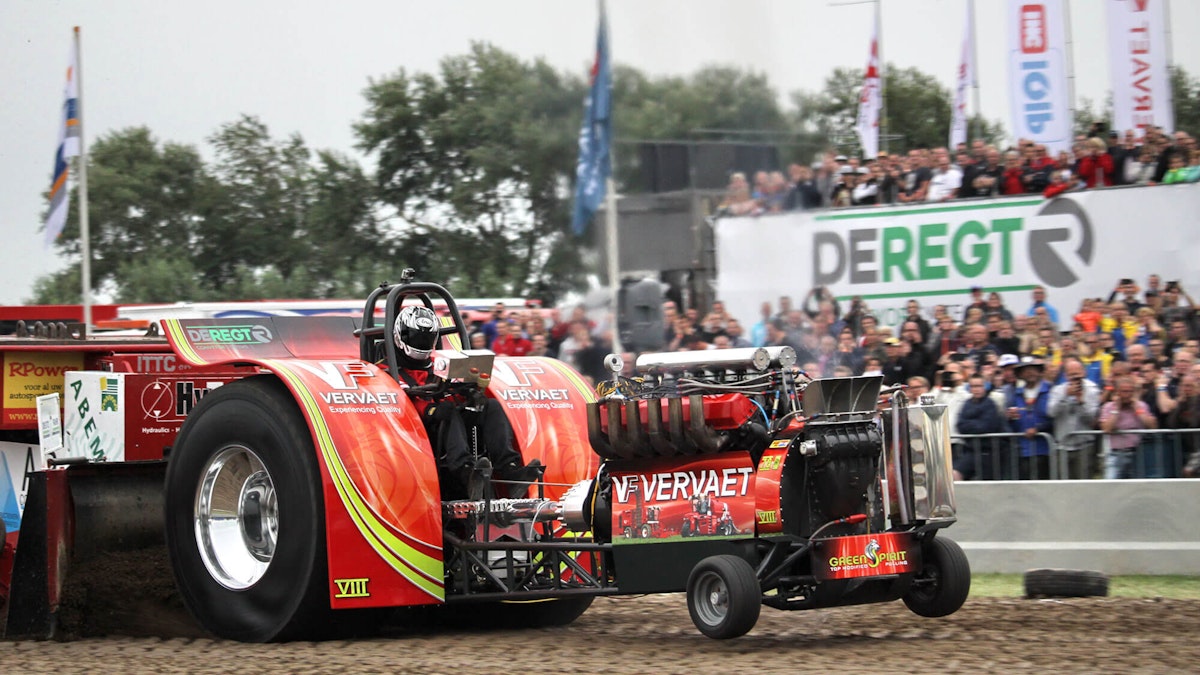Table of contents
Browse categories
Browse authors
 AB
ABAlberto Boffi
 AL
ALAlessia Longo
 AH
AHAl Hoge
 AB
ABAljaž Blažun
 BJ
BJBernard Jerman
 BČ
BČBojan Čontala
 CF
CFCarsten Frederiksen
 CS
CSCarsten Stjernfelt
 DC
DCDaniel Colmenares
 DF
DFDino Florjančič
 EB
EBEmanuele Burgognoni
 EK
EKEva Kalšek
 FB
FBFranck Beranger
 GR
GRGabriele Ribichini
Glacier Chen
 GS
GSGrant Maloy Smith
 HB
HBHelmut Behmüller
 IB
IBIza Burnik
 JO
JOJaka Ogorevc
 JR
JRJake Rosenthal
 JS
JSJernej Sirk
 JM
JMJohn Miller
 KM
KMKarla Yera Morales
 KD
KDKayla Day
 KS
KSKonrad Schweiger
Leslie Wang
 LS
LSLoïc Siret
 LJ
LJLuka Jerman
 MB
MBMarco Behmer
 MR
MRMarco Ribichini
 ML
MLMatic Lebar
 MS
MSMatjaž Strniša
 ME
MEMatthew Engquist
 ME
MEMichael Elmerick
 NP
NPNicolas Phan
 OM
OMOwen Maginity
 PF
PFPatrick Fu
 PR
PRPrimož Rome
 RM
RMRok Mesar
 RS
RSRupert Schwarz
 SA
SASamuele Ardizio
 SK
SKSimon Kodrič
 SG
SGSøren Linnet Gjelstrup
 TH
THThorsten Hartleb
 TV
TVTirin Varghese
 UK
UKUrban Kuhar
Valentino Pagliara
 VS
VSVid Selič
 WK
WKWill Kooiker
Performance Tuning in Tractor Pulling Sport

Carsten Frederiksen && Marlies Lacroix and Andries de Bué
February 6, 2023
An explosion of force. Overwhelming horsepower values like 1000 to 8000 bhp, diesel fuel formulas like C10H2, C15H28, or CH3OH and deafening sound levels above 100 dB - all on a short track of just 100 meters (330 ft). This, in short, is tractor-pulling. Events where standard and modified tractors (running on diesel fuel or methanol) compete with each other in strength and over distance. In the Netherlands, a Dewesoft data acquisition setup was used to measure a range of parameters, valuable for tuning performance and optimizing the tractor engines.

Introduction
Whenever you visit a tractor pulling event you can hear the engines roar from afar. The smell of exhaust gases mixed with the smell of fried hamburgers and fries fills the air. The spectators walk onto the terrain in large crowds and watch the different, powerful machines standing quietly and well-polished at the stand of the various teams, in anticipation of their moment of fame.
The sport originates from the 1950s in the United States, where farmers battled with each other by pulling a weight over a certain distance. In 1977 the sport was introduced in Europe – also in the Netherlands – and it is still growing in popularity all over Europe. The rules are simple: pull a 28000 kg sled over a 100 m track. The goal is to determine the strongest machine and the best driver - it is not about the speed, but distance pulled. 100 meters is a ‘Full Pull’.
Tractor pulling uses a sort of weight that does not rest on wheels but on a sled. However, the tricky part is, that the sled will dig itself, due to its weight, more and more into the soil, as the distance progresses. When a pull starts, the weight is at the back of the sled. The weight is connected to the wheels with a cable or chain through transmission and moves to the front when the sled is pulled. This creates a gain in weight causing higher and higher friction: thus, more resistance to the tractor, until it is no longer able to overcome the force of friction and comes to a halt. Today's sleds use a complex system of gears to move weights up to 65,000 pounds/29,000 kilograms.
Measurement history
There are several pull classes in the Tractor Pulling Sport from Lightweight to Heavy Modified. To perform the pulling, the machines must have enormous power. That means that the techniques are pushed to the limit. No ready-made machines from the factory join the track; only self-built machines. Diesel engines that deliver more than ten times their standard power, or gasoline engines, delivering over 1,500 hp blowers and use methanol injection All these Specials are unique and have an individual design based on an engine that could, for instance, be a tank engine or even a combination of multiple helicopter turbines. These tractors can theoretically achieve speeds over 200 km/h (125 mph).
In the early years, nothing was measured and in recent years data loggers (5 to 10 pt/sec) have been used for measurement, but this is not enough anymore.
At pulling tests of tractors, it is crucial to determine the magnitude of power losses. Losses resulting from the transformation of the effective engine power to pulling force/power can be determined from the power balance of the tractor.
A primary parameter is engine torque or power. Mathematical models of forces and moments representing the balance can only be used if it is possible to measure or calculate the actual engine power.
The tractors usually use the CAN-bus to transfer data between control units. Most tractors are equipped with several electronic control units that communicate with each other directly or using various network bridges. These control units provide regulation for the engine and the gearbox among others. They work on information obtained from many sensors, installed inside the tractor. The processed signals of these sensors are transmitted over digital networks such as the CAN-bus. The data from the network can be used, without the installation of expensive measuring equipment.
Signals and sensors
Typical 'standard' configuration needed:
6 to 10 Pressure sensors (turbo(s), inlet, oil, water, gasoline)
6 to 16 Temperatures (one sensor per cylinder exhaust, oil)
2 to 6 Counters (wheel speeds, engine rpm, turbo rpm)
Video (now post sync GoPro video)
Math channels
Expected future requests:
GPS (at least 5 pt/sec as the run is only 10 seconds!)
Combustion pressure (only for expert users)
Vibration measurement
Order tracking
Alarms (indicator and output)
A video camera that can withstand the huge shocks and vibrations
Measurement / analyse
The first tests were done with the Dewesoft MINITAURs data acquisition system and a CAN-bus measuring device for temperatures.
The Dewesoft MINITAURs pack a powerful data logger and data acquisition device in one compact chassis. Inside this small instrument lives a powerful Intel Core i3 CPU computer, solid-state drive (SSD), Wi-Fi, two LAN ports, four USB 3.0 and two USB 2.0 ports, EtherCAT master port, and an optional 10 Hz or 100 Hz GPS receiver.
The MINITAURs have isolated CAN input - high-speed CAN 2.0b channels with 1 Mbit/sec data throughput with additional support for CCP, OBDII, J1939, and CAN output. Each channel, analog, digital or CAN, is synchronized with microsecond accuracy.
Conclusion
By collecting data over a time span of just 1 minute (the race takes only 10 seconds) the high-speed data provides a lot of useful information to optimize the tractor engine. Next to that, the engine failures can already be detected in an early stage, which saves money and downtime of the machine.
The Dewesoft solution is compact, fast and has an easy to use configurable user interface. For the driver, a simple view screen can be configured with just a few key information. After the run, the experts can perform extensive offline analyses and create statistics from the data collected during the run.